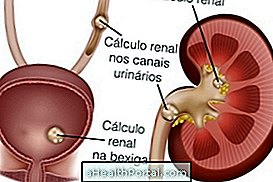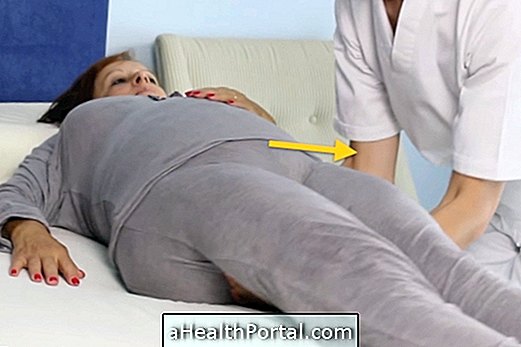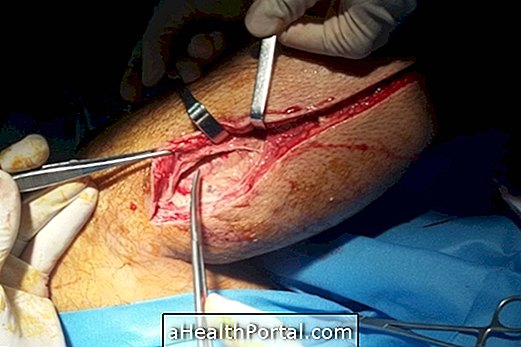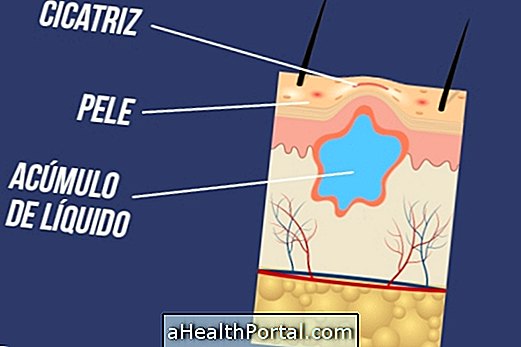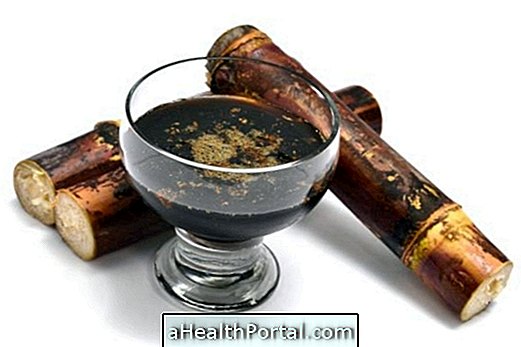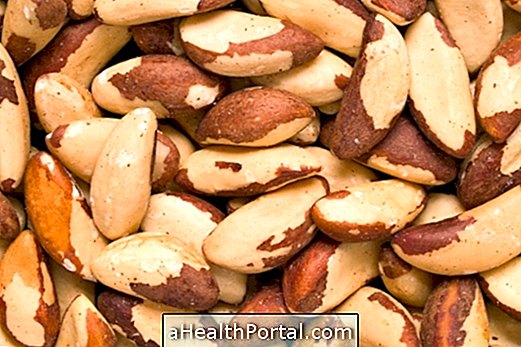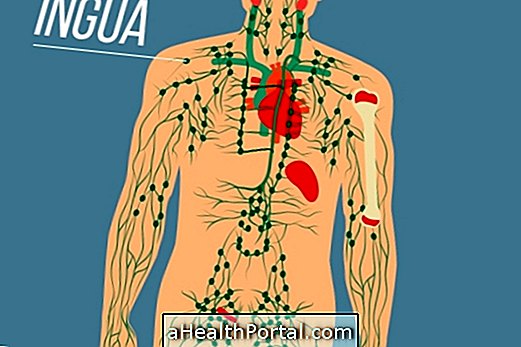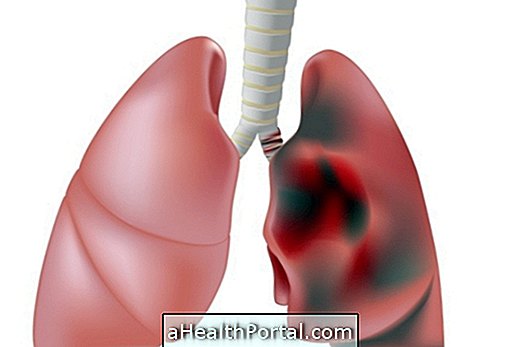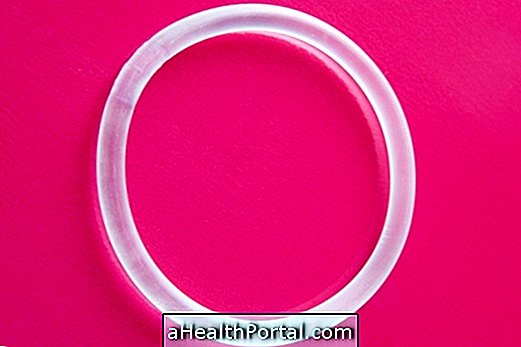To remove internal or external hemorrhoids, surgery may be necessary, which is indicated for patients who maintain pain, discomfort, itching and bleeding, especially when evacuating even after treatment with medicines, especially ointments and a high fiber diet, for example.
There are several techniques to remove hemorrhoids, the most common being the traditional technique that is done through a cut to remove hemorrhoids and the recovery takes between 1 week to 1 month, being necessary to stay hospitalized about 2 days in the hospital and maintain good hygiene of the intima region during recovery time.
How hemorrhoids surgery is done
In most cases surgeries to remove hemorrhoids are performed under general anesthesia and require the patient to be hospitalized for about 2 days.
To remove hemorrhoids the proctologist should choose the technique most appropriate for each case, because they vary depending on the type of hemorrhoid that the patient has.
Classification of the degree of internal hemorrhoids
Internal hemorrhoids are those that develop and remain inside the anus, and may present different degrees, such as:
- Grade 1 - Hemorrhoid that is inside the anus, with a slight increase of the veins;
- Grade 2 - Hemorrhoids that leave the anus during defecation and return to the inside spontaneously;
- Grade 3 - Hemorrhoids that leave the anus during defecation and need to be re-inserted into the anus by hand;
- Grade 4 - Hemorrhoid that develops inside the anus but that, due to its increase, comes out through the anus and can cause rectal prolapse, which is the outlet of the final part of the intestine through the anus.

External hemorrhoids are those that are on the outside of the anus, and these can also be removed through surgery because they cause discomfort especially when sitting and defecating.
Techniques to Remove Hemorrhoids
Some techniques for removing internal or external hemorrhoids can be:
- Hemorrhoidectomy : is the most common surgery involving removing hemorrhoids through a cut and is common in external hemorrhoids or grade 3 and 4 hemorrhoids;
- THD technique: This technique known as transanal hemorrhoidal purine arteriography is performed without cuts, and suture of the blood vessels supplying hemorrhoids occurs, being common in degrees 2, 3 and 4. See how this surgery is done in Uncut THD Surgery for Hemorrhoids.
- PPH technique: known as hemorrhoid staining is a way to remove hemorrhoids through a ring that tightens hemorrhoids and leads to the death of the cells, being a procedure that does not cause sutures and makes the surgery less painful and is done in internal degrees hemorrhoids 3 and 4 with low volume;
- Elastic lacquering: a treatment where a small elastic band is applied at the base of the hemorrhoid that interrupts the transport of blood and causes its death, being common in the treatment of hemorrhoids of degrees 2 and 3;
- Sclerotherapy : In this technique, a product that causes tissue death is injected into the vessels of the hemorrhoids and is common to treat grade 1 and 2 hemorrhoids.
In addition, there are also other methods that can be used to remove hemorrhoids, such as infrared coagulation, cryotherapy and laser, for example.
Post-operative surgery for hemorrhoids
Although the surgery does not cause pain, in the postoperative period it is normal for the patient to feel pain in the perineal region, especially when sitting and in his first evacuation after the surgery because this region is more sensitive. In this way, the doctor usually says:
- Use of analgesics to control pain and discomfort as Paracetamol every 8 hours;
- Use of laxatives to make stools softer;
- Make a cold shower water bath for 20 minutes at times necessary to lessen the discomfort;
- Avoid using toilet paper and choose to wash the anal area, after evacuating, with warm water and neutral soap;
- Use a doctor-oriented ointment 2 times a day to help heal the area.
After surgery the use of a round cushion in the form of a float to sit down, reducing the risk of bleeding and reducing pain. During the first month the individual should make a diet rich in fibers, to keep the stool soft, avoiding pain when defecating.
Usually, the patient does not need to remove the stitches and, after total healing, there are no scars.
Check out the following video how the food should be to facilitate intestinal transit and avoid hemorrhoids:

Recovery time from hemorrhoid surgery
The recovery of surgery for hemorrhoids depends on the type and degree of hemorrhoid and the surgical technique performed, and recovery usually can vary from 1 week to 1 month, and the patient can resume their day-to-day activities.
It is normal that during the first week after the surgery, the patient has small blood loss through the anal region, however, if this bleeding is intense it is recommended to go to the hospital to see if it is recovering correctly.
To know more details that can help in hemorrhoid recovery read:
- Know all the remedies that help treat and cure hemorrhoids.
- Treatment for hemorrhoids

